Home>Garden Essentials>What Is Infill Overlap
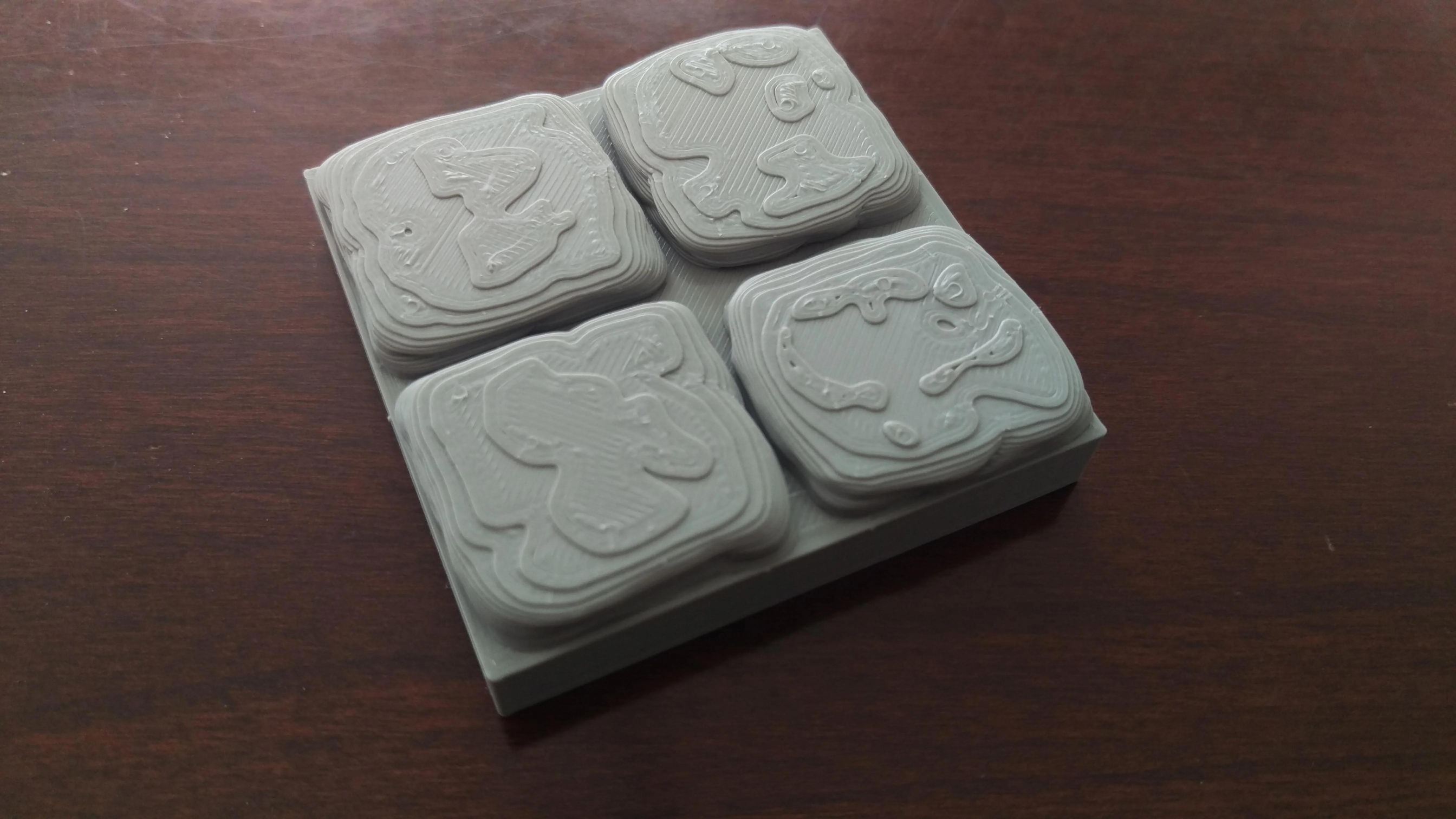

Garden Essentials
What Is Infill Overlap
Modified: March 7, 2024
Learn about infill overlap in garden design and how it can enhance the appearance and functionality of your outdoor space.
(Many of the links in this article redirect to a specific reviewed product. Your purchase of these products through affiliate links helps to generate commission for Storables.com, at no extra cost. Learn more)
Introduction
Infill overlap is a term commonly used in various industries, including landscaping, gardening, and artificial turf installation. It refers to the technique of overlapping the infill material used in certain applications. Infill, often made of materials like sand or rubber, is used to fill the spaces between synthetic grass or between paver stones. This technique has gained popularity due to its numerous benefits, including improved stability, durability, and aesthetics. In this article, we will explore the concept of infill overlap, its purpose, factors affecting its use, and its applications in different industries.
The use of infill overlap is essential in ensuring a well-maintained and visually appealing garden or landscape. By properly applying this technique, the infill material fills the gaps evenly, providing support and stability to the surrounding surfaces. This not only prevents the synthetic grass or paver stones from shifting or separating but also enhances the overall look of the area.
The purpose of infill overlap is to create a seamless and uniform appearance in areas where infill is used. By overlapping the infill material, gaps and unevenness are minimized, giving a more natural and uniform surface. This is particularly important in landscaping and gardening projects where the goal is to achieve a visually pleasing and professional finish. Whether it’s a backyard garden, a commercial landscape, or a sports field, infill overlap is an effective technique to achieve a cohesive and aesthetically pleasing result.
Several factors can affect the use of infill overlap. One of the key factors is the type of infill material being used. Different materials require different application techniques and levels of overlap. For example, rubber infill may require a different approach compared to sand infill. The type and density of the underlying surface, as well as the intended use of the area, should also be considered when determining the degree of infill overlap.
Now, let’s explore the benefits of using infill overlap in garden and landscape projects.
Key Takeaways:
- Infill overlap is a technique used in gardening and landscaping to create a stable and visually appealing surface by minimizing gaps and preventing shifting or separation of materials.
- Factors like infill material type and intended use of the area influence the degree of infill overlap, ensuring optimal stability, durability, and aesthetics in various projects.
Read more: What Is An Infill Speed
Definition of Infill Overlap
Infill overlap refers to the technique of overlapping the infill material used in certain applications, such as landscaping, gardening, and artificial turf installation. It involves the process of placing the infill material in such a way that it overlaps the adjoining sections, creating a seamless and uniform appearance.
The infill material, typically made of materials like sand or rubber, is used to fill the gaps between synthetic grass or between paver stones. By overlapping the infill material, the gaps are reduced or eliminated, resulting in a more stable and aesthetically pleasing surface.
Infill overlap is commonly used in landscaping and gardening projects to enhance the appearance and functionality of the area. It ensures that the infill material is evenly distributed, preventing any gaps or unevenness in the surface. This technique is particularly important for areas that experience heavy foot traffic or intense use, as it helps to maintain the integrity and durability of the surface.
The degree of infill overlap may vary depending on factors such as the type of infill material, the underlying surface, and the intended use of the area. Some projects may require a more extensive overlap to achieve maximum stability and load-bearing capacity, while others may only require a minimal overlap for aesthetic purposes.
The process of infill overlap typically involves spreading the infill material over the surface and then using a broom or brush to distribute and blend it into the gaps. By ensuring a proper overlap, the infill material becomes tightly packed, reducing the risk of displacement or movement. This helps to maintain the structural integrity of the surface and provides a more comfortable and enjoyable experience for users.
Infill overlap is not limited to landscaping and gardening projects, but can also be utilized in other industries. For example, in the installation of artificial sports fields, infill overlap is crucial to ensure the durability and performance of the playing surface. It allows for a more consistent and stable surface, reducing the risk of injuries and enhancing the overall playing experience.
In summary, infill overlap is a technique used to overlap the infill material in applications where stability, durability, and aesthetics are important. It creates a seamless and uniform appearance, minimizing gaps and unevenness in the surface. By implementing infill overlap, gardeners, landscapers, and sports field installers can achieve a visually appealing and functional result.
Purpose of Infill Overlap
The purpose of infill overlap is to achieve a seamless and uniform appearance in areas where infill material is used. This technique is commonly employed in landscaping, gardening, and artificial turf installation to improve the stability, durability, and aesthetics of the surface.
One of the main purposes of infill overlap is to provide stability to the surface. By overlapping the infill material, the gaps between synthetic grass or paver stones are minimized or eliminated. This prevents the surfaces from shifting, separating, or becoming uneven. Whether it’s a garden pathway, a patio, or a sports field, infill overlap ensures that the surfaces remain stable and safe for use.
Infill overlap also enhances the durability of the surface. By tightly packing the infill material through overlapping, the surfaces become more resistant to wear and tear. It helps to distribute the load and impact evenly, reducing the risk of localized damage. This is particularly important in high-traffic areas or places where heavy equipment is used, such as playgrounds or sports fields.
Another purpose of infill overlap is to create a visually pleasing appearance. By minimizing gaps and unevenness, infill overlap results in a more uniform and cohesive surface. This is important for aesthetic purposes, especially in landscaping and gardening projects where the goal is to achieve a professional and well-maintained look. Infill overlap helps to create a seamless transition between different sections of synthetic grass or paver stones, enhancing the overall visual appeal of the area.
Infill overlap also offers practical benefits. For example, in gardening projects, infill overlap helps to prevent weed growth between synthetic grass or paver stones. By tightly compacting the infill material through overlapping, there are fewer opportunities for weeds to take root and thrive. This reduces the maintenance required to keep the area weed-free and ensures an attractive and weed-free garden.
Furthermore, infill overlap contributes to overall user comfort. By providing a stable and even surface, it creates a more enjoyable experience for users. Whether it’s walking on a garden pathway or playing on a sports field, infill overlap helps to reduce the risk of trips, falls, and injuries. It also offers a more comfortable and cushioned feel, especially when rubber infill is used, absorbing impact and providing a softer surface.
Infill overlap is a versatile technique that can be used in various applications. Whether it’s for functional purposes like stability and durability or aesthetic considerations like uniformity and visual appeal, infill overlap provides numerous benefits. By implementing this technique, gardeners, landscapers, and sports field installers can achieve surfaces that are not only visually appealing but also safe and durable.
Factors Affecting Infill Overlap
Several factors can influence the degree of infill overlap in different applications, including landscaping, gardening, and artificial turf installation. Understanding these factors is essential in determining the appropriate level of overlap to achieve the desired results. Let’s explore some of the key factors that affect infill overlap:
- Type of Infill Material: The type of infill material being used is a critical factor in determining the level of infill overlap. Different materials, such as sand, rubber, or a combination of both, have varying properties and characteristics. For example, rubber infill tends to compress more, requiring a higher degree of overlap for stability. It’s important to consider the specific requirements of the infill material and adjust the overlap accordingly.
- Underlying Surface: The type and condition of the underlying surface play a significant role in infill overlap. A solid and properly prepared surface allows for a more even and consistent application of the infill material. Uneven surfaces, on the other hand, may require additional attention to ensure an adequate degree of overlap. It’s essential to assess the condition of the underlying surface and make any necessary repairs or preparations before applying infill overlap.
- Intended Use of the Area: The intended use of the area can impact the infill overlap requirements. High-traffic areas or places that experience intense use, such as sports fields or playgrounds, may require a higher degree of overlap to ensure maximum stability and durability. On the other hand, areas with lighter usage, such as residential gardens or decorative landscaping, may require a more minimal overlap for aesthetic purposes.
- Climate and Weather Conditions: Climate and weather conditions can affect the performance and longevity of the infill material, which in turn affects the infill overlap. For example, in areas with heavy rainfall, proper infill overlap can help prevent excessive water pooling and drainage issues. In hot and sunny climates, infill overlap can help enhance the thermal properties of the surface, reducing the risk of overheating.
- Installation Method: The method of installation can also impact the infill overlap. Different techniques, such as drop spreaders, power brooms, or manual brushing, may result in varying degrees of overlap. It is important to select the appropriate installation method and ensure proper training and expertise to achieve consistent and effective infill overlap.
By considering these factors, gardeners, landscapers, and artificial turf installers can determine the appropriate level of infill overlap for their specific project. Adapting the infill overlap based on these factors ensures optimal stability, durability, and aesthetics, resulting in a successful and visually appealing outcome.
When adjusting infill overlap in 3D printing, a higher percentage can improve part strength, while a lower percentage can improve surface finish. Experiment with different settings to find the best balance for your specific print.
Benefits of Using Infill Overlap
Utilizing infill overlap in landscaping, gardening, and artificial turf installation projects offers several benefits that enhance the stability, durability, and overall aesthetics of the surface. Let’s explore some of the key advantages of using infill overlap:
- Improved Stability: Infill overlap provides enhanced stability to the surface. By overlapping the infill material, gaps and unevenness are minimized or eliminated, preventing the synthetic grass or paver stones from shifting or separating. This ensures a secure and stable surface, reducing the risk of tripping and improving overall safety.
- Enhanced Durability: The use of infill overlap contributes to the longevity and durability of the surface. By tightly packing the infill material through overlapping, it helps distribute the load and impact evenly. This reduces the risk of localized wear and tear, making the surface more resistant to damage caused by heavy usage, foot traffic, and environmental factors.
- Uniform Appearance: Infill overlap creates a more pleasing and visually appealing appearance. By minimizing gaps and unevenness, it provides a seamless transition between sections of synthetic grass or paver stones. This results in a more uniform and cohesive surface, enhancing the overall aesthetics of the garden or landscape.
- Reduced Weed Growth: Proper infill overlap can help prevent weed growth between synthetic grass or paver stones. By tightly compacting the infill material through overlapping, there are fewer opportunities for weeds to take root and thrive. This reduces the time and effort needed to maintain a weed-free area, resulting in a cleaner and more attractive garden.
- Improved Drainage: Infill overlap can aid in proper drainage, preventing water from pooling on the surface. By filling the gaps and ensuring a smooth and even surface, it allows water to flow through the infill material more efficiently. This helps to prevent waterlogging, which can lead to soggy and muddy conditions, particularly in areas with heavy rainfall.
- Comfortable Surface: Infill overlap contributes to a more comfortable surface for users. For example, when rubber infill is used, it provides a softer and more cushioned feel underfoot. This helps to absorb impact and reduce strain, making it more comfortable for walking, running, and playing on the surface.
Overall, infill overlap offers numerous benefits that enhance the functionality and aesthetics of the surface. It improves stability, durability, and uniformity, while also reducing maintenance efforts and enhancing user comfort. By utilizing infill overlap techniques, gardeners, landscapers, and artificial turf installers can create visually appealing and long-lasting surfaces that meet the specific requirements of their projects.
Read more: What Is Infill Construction
Limitations of Infill Overlap
While infill overlap offers several benefits, it is important to be aware of its limitations in order to make informed decisions when implementing this technique. Here are some of the limitations to consider:
- Material Compatibility: Different infill materials may have varying degrees of compatibility with infill overlap. Some materials, such as sand or rubber, are more suitable for overlap, while others may not provide the desired results. Careful consideration should be given to the specific requirements of the infill material and its compatibility with the overlapping technique.
- Surface Texture: The texture of the surface can affect the effectiveness of infill overlap. Surfaces with rough textures or irregularities may pose challenges in achieving a tight and even overlap. In such cases, additional measures may need to be taken, such as filling in texture irregularities or utilizing alternative infill methods.
- Maintenance Requirements: While infill overlap can reduce weed growth and enhance drainage, it may also require regular maintenance to ensure its effectiveness. Over time, the infill material may settle or become displaced, requiring periodic reapplication or adjustment to maintain the desired level of overlap. Proper maintenance practices should be implemented to prolong the benefits of infill overlap.
- Cost Considerations: Implementing infill overlap may involve additional costs, including the purchase of infill material and equipment required for installation. The specific cost implications will depend on factors such as the size of the project, the type of infill material used, and the installation method employed. Project budgets should be carefully planned to account for any potential cost increases associated with infill overlap.
- Climate Sensitivity: The effectiveness of infill overlap may vary depending on the climate and weather conditions. Extreme temperatures, heavy rainfall, or prolonged exposure to UV rays can impact the performance and longevity of the infill material. It is important to select infill materials and methods that are suitable for the specific climate in order to minimize any adverse effects.
While infill overlap provides numerous benefits, it is essential to take into account these limitations and address them accordingly. Proper planning, regular maintenance, and adaptation to specific project requirements can help mitigate these limitations and ensure the success and longevity of infill overlap implementations.
Examples of Infill Overlap in Different Industries
The concept of infill overlap finds applications in various industries, each with its own unique requirements and purposes. Here are some examples of how infill overlap is utilized in different industries:
- Landscaping and Gardening: Infill overlap is commonly used in landscaping and gardening projects. It is employed when installing synthetic grass or paver stones to fill the gaps between the materials. Infill overlap ensures a seamless and uniform appearance, enhancing the overall aesthetics of the garden or landscape. It also provides stability, durability, and helps to prevent weed growth, reducing maintenance efforts.
- Artificial Turf Installation: Infill overlap plays a crucial role in the installation of artificial turf, particularly in sports fields and recreational areas. The infill material, such as rubber or sand, is overlapped to create a consistent and stable surface. This technique helps to absorb impact, reduce injuries, and improve the performance of the playing field. Infill overlap ensures that the artificial turf remains intact, even under heavy usage and intense sporting activities.
- Playground Surfaces: Infill overlap is utilized in the installation of playground surfaces, such as rubber safety tiles or synthetic grass. Overlapping the infill material between the tiles or grass sections creates a uniform and safe surface for children to play on. Infill overlap helps to cushion falls, reduce the risk of injuries, and provides a comfortable and visually appealing play area.
- Roof Gardens and Green Roofs: Infill overlap is employed in the construction of roof gardens and green roofs. When installing synthetic grass or covering the roof surface with vegetation, infill overlap ensures a secure and seamless transition between sections. It helps to prevent gaps, shifting, and separation, providing a stable and visually appealing rooftop environment. Infill overlap also contributes to the proper drainage of rainwater, maintaining the health of the green roof ecosystem.
- Artificial Putting Greens: Infill overlap is utilized in the installation of artificial putting greens. To create a smooth and consistent playing surface, the infill material is carefully overlapped, minimizing any gaps or inconsistencies. This ensures that the putting green surface remains even and true, providing a realistic and enjoyable experience for golfers.
These examples represent just a few of the industries where infill overlap is employed. The versatility of this technique allows it to be used in various applications, all with the goal of achieving stability, durability, and a visually appealing finish. In each industry, infill overlap plays a crucial role in ensuring the integrity and functionality of the surface, enhancing user experience, and maintaining the desired aesthetics.
Conclusion
Infill overlap is a technique that proves to be highly beneficial in landscaping, gardening, and various other industries. By overlapping the infill material used between synthetic grass or paver stones, infill overlap creates a seamless and uniform appearance while enhancing stability, durability, and aesthetics.
The purpose of infill overlap is to achieve a visually appealing and well-maintained surface. It provides stability by minimizing gaps and preventing shifting or separation of the surface materials. Additionally, infill overlap enhances the durability of the surface, making it more resistant to wear and tear caused by heavy usage or environmental factors.
There are several factors to consider when implementing infill overlap, including the type of infill material, the underlying surface, the intended use of the area, climate conditions, and the installation method. These factors influence the degree of infill overlap required for optimal results.
Despite its numerous benefits, infill overlap does have its limitations. These include material compatibility, surface texture, maintenance requirements, cost considerations, and climate sensitivity. However, by carefully considering these limitations and addressing them accordingly, the effectiveness and success of infill overlap can be maximized.
Infill overlap finds applications in various industries, such as landscaping, gardening, artificial turf installation, playground surfaces, roof gardens, and putting greens. In each industry, infill overlap ensures stability, enhances durability, improves safety, and creates visually appealing surfaces.
To conclude, the use of infill overlap is a valuable technique for achieving stable, durable, and aesthetically pleasing surfaces. By understanding its purpose, considering the factors that influence its use, and being aware of its limitations, gardeners, landscapers, and professionals in other industries can make informed decisions when implementing infill overlap, resulting in successful projects and satisfied clients.
Frequently Asked Questions about What Is Infill Overlap
Was this page helpful?
At Storables.com, we guarantee accurate and reliable information. Our content, validated by Expert Board Contributors, is crafted following stringent Editorial Policies. We're committed to providing you with well-researched, expert-backed insights for all your informational needs.
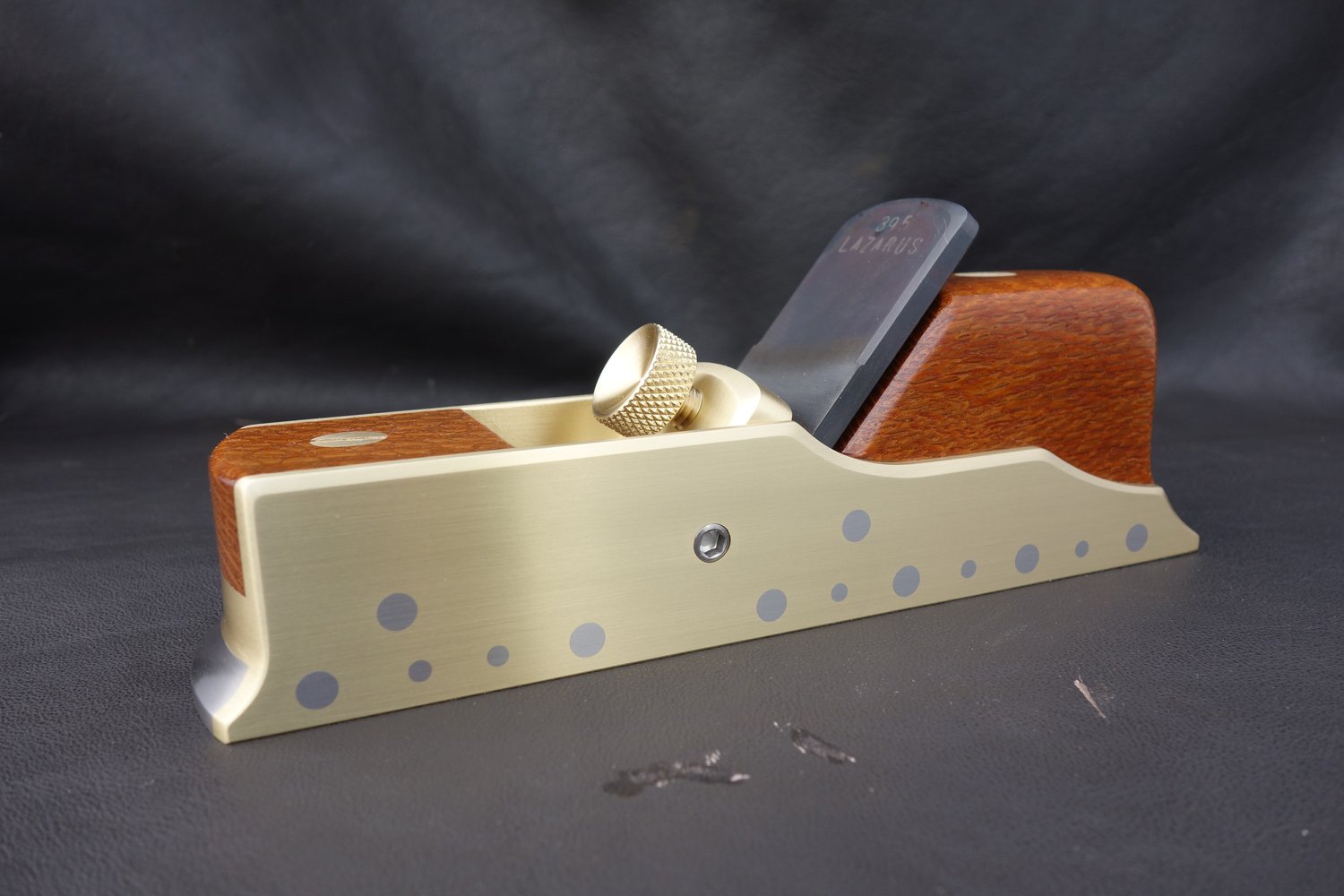
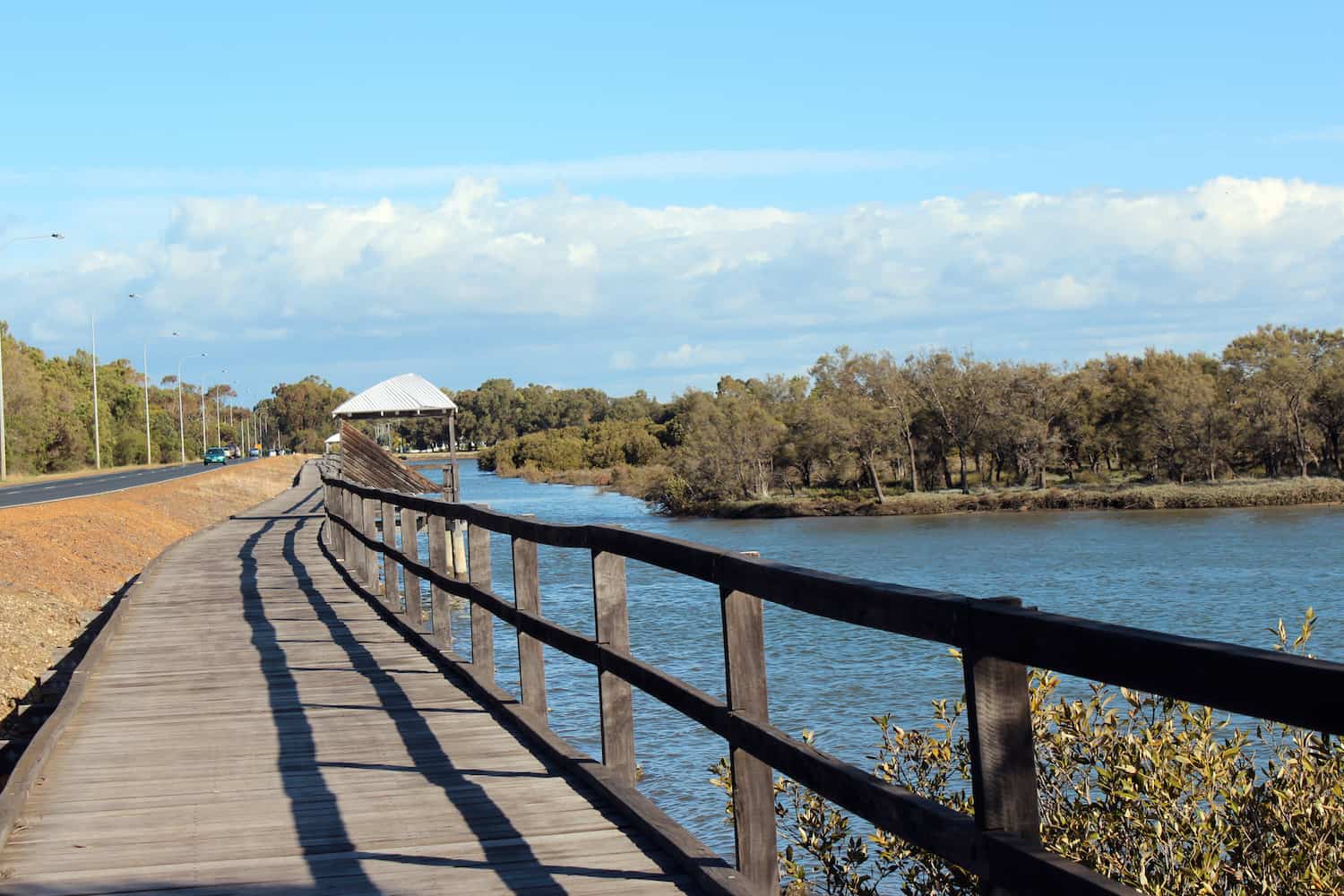
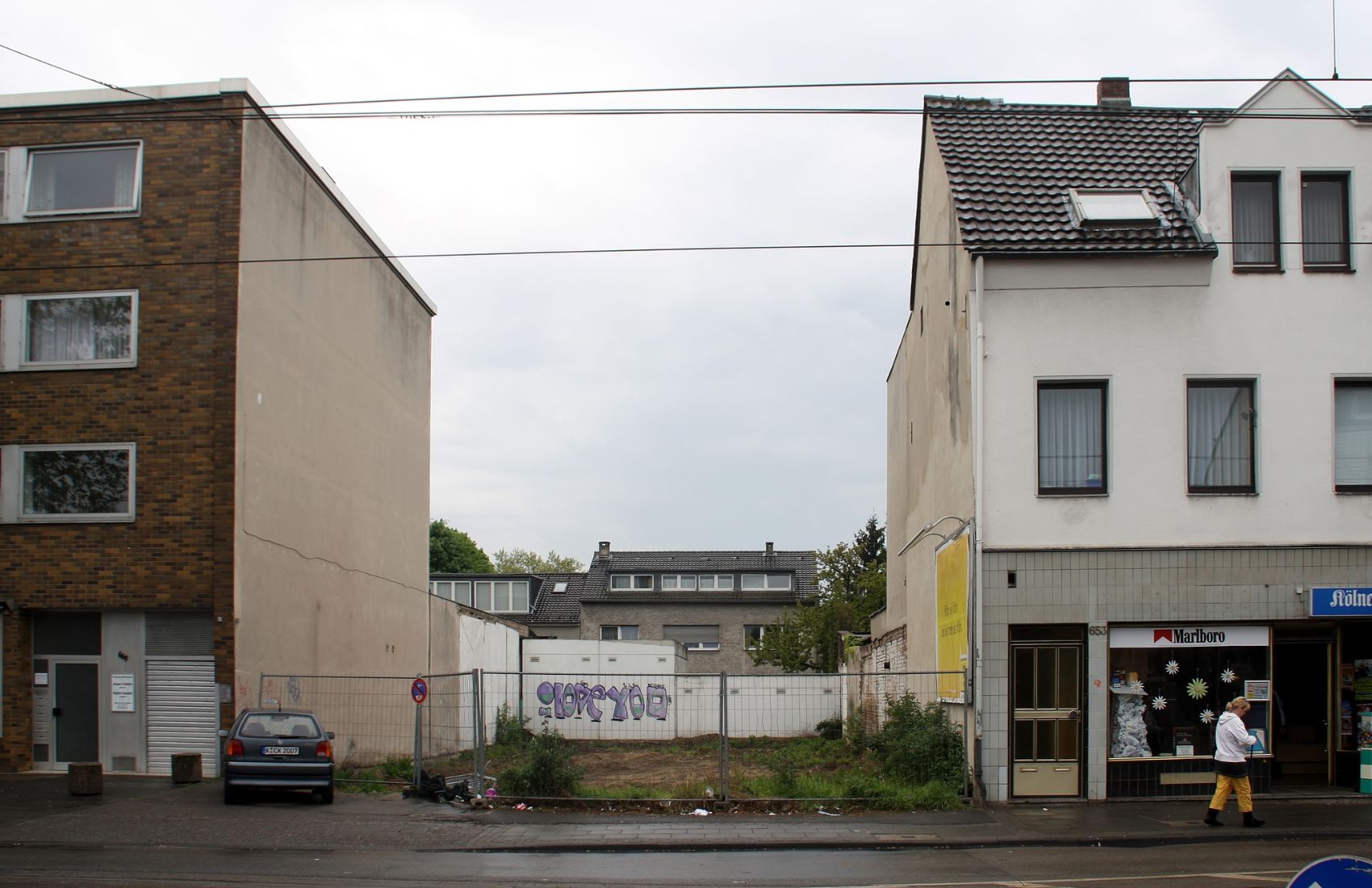
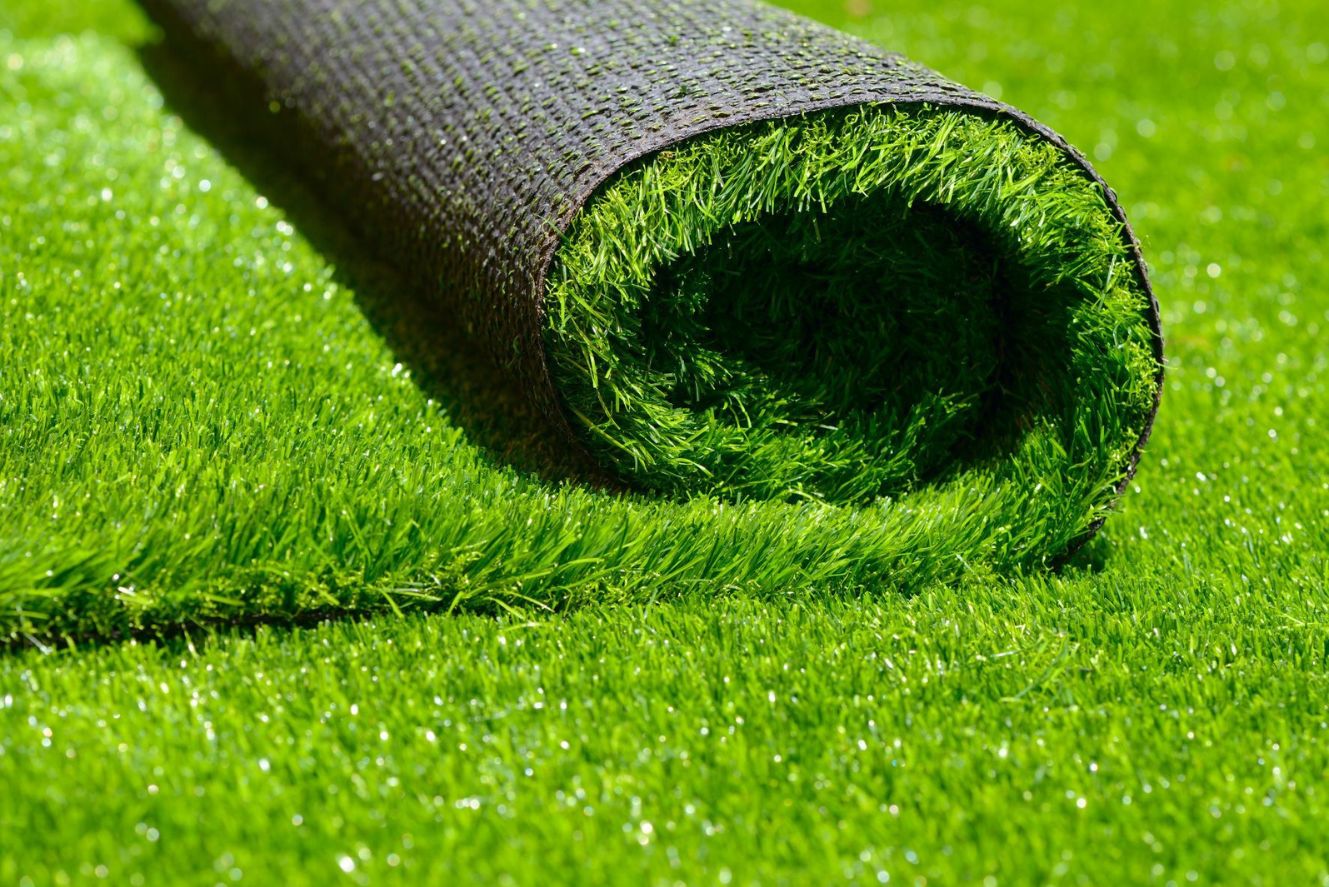
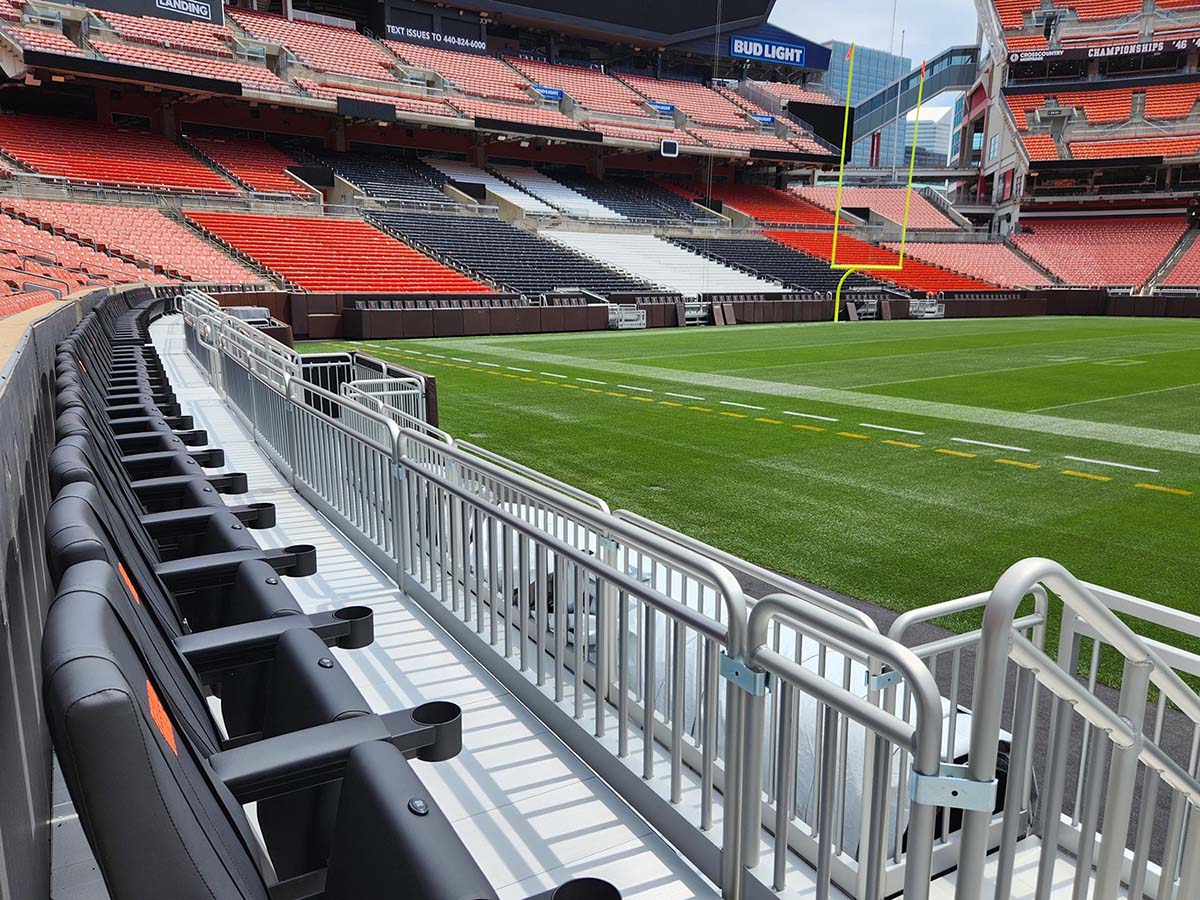
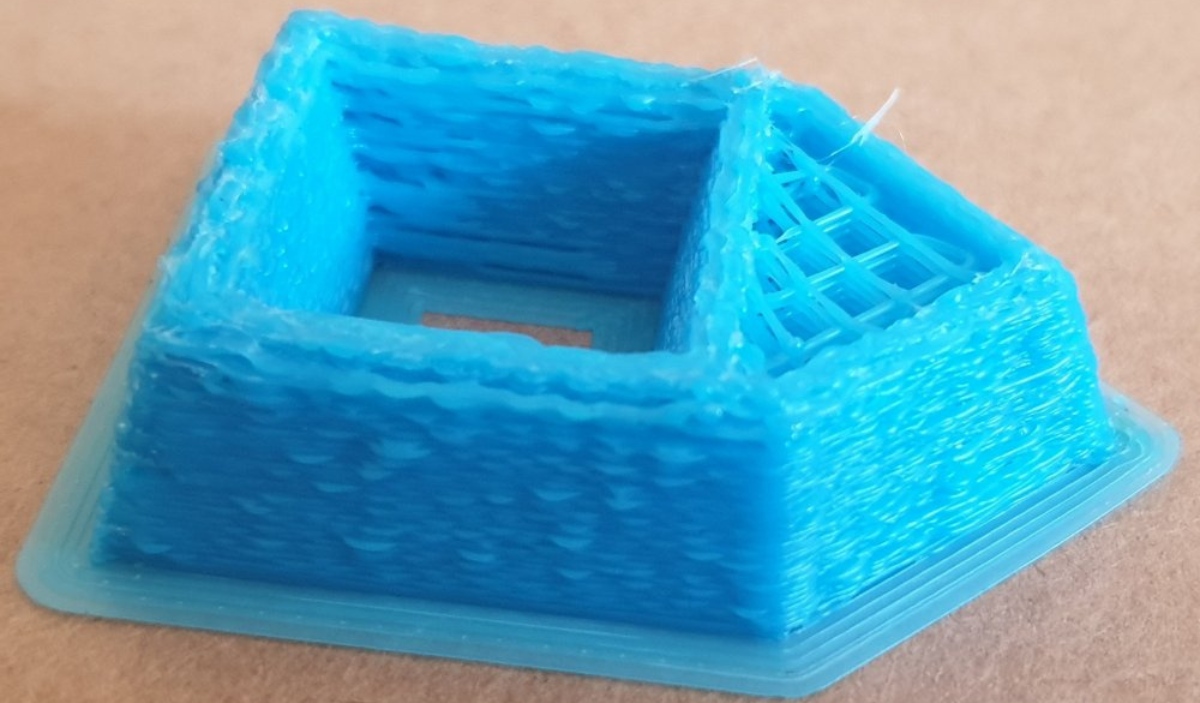
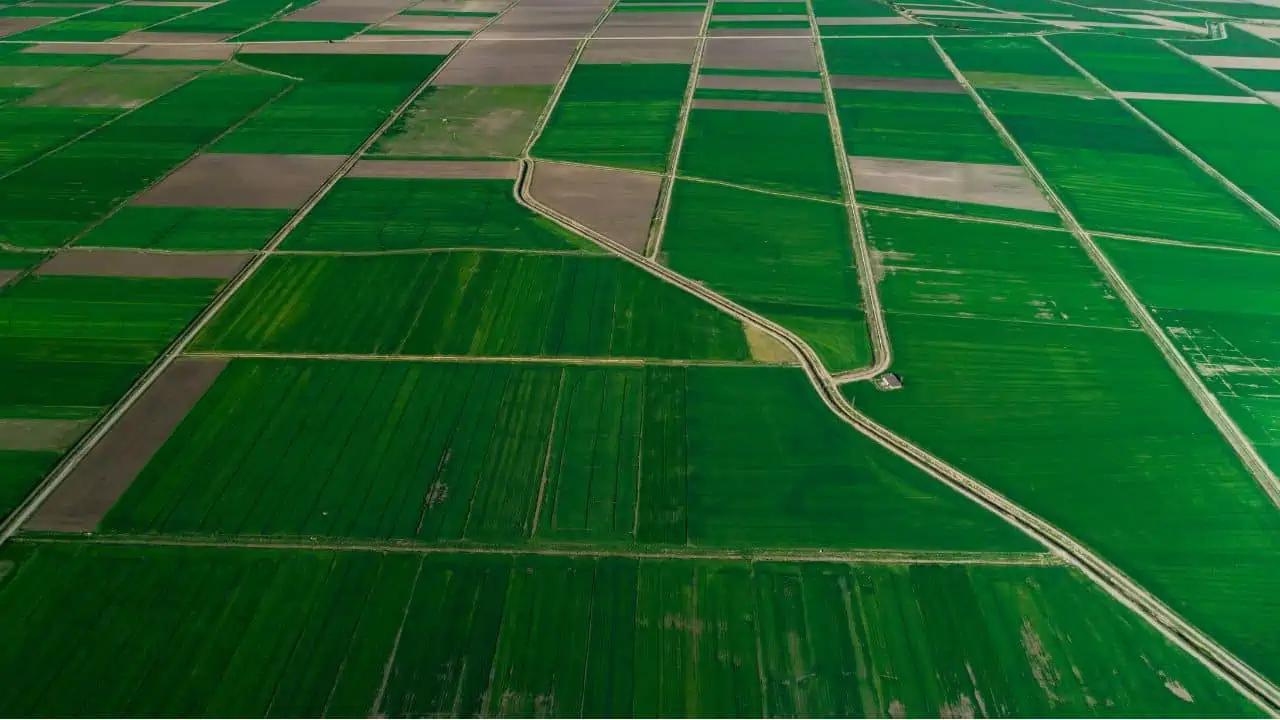
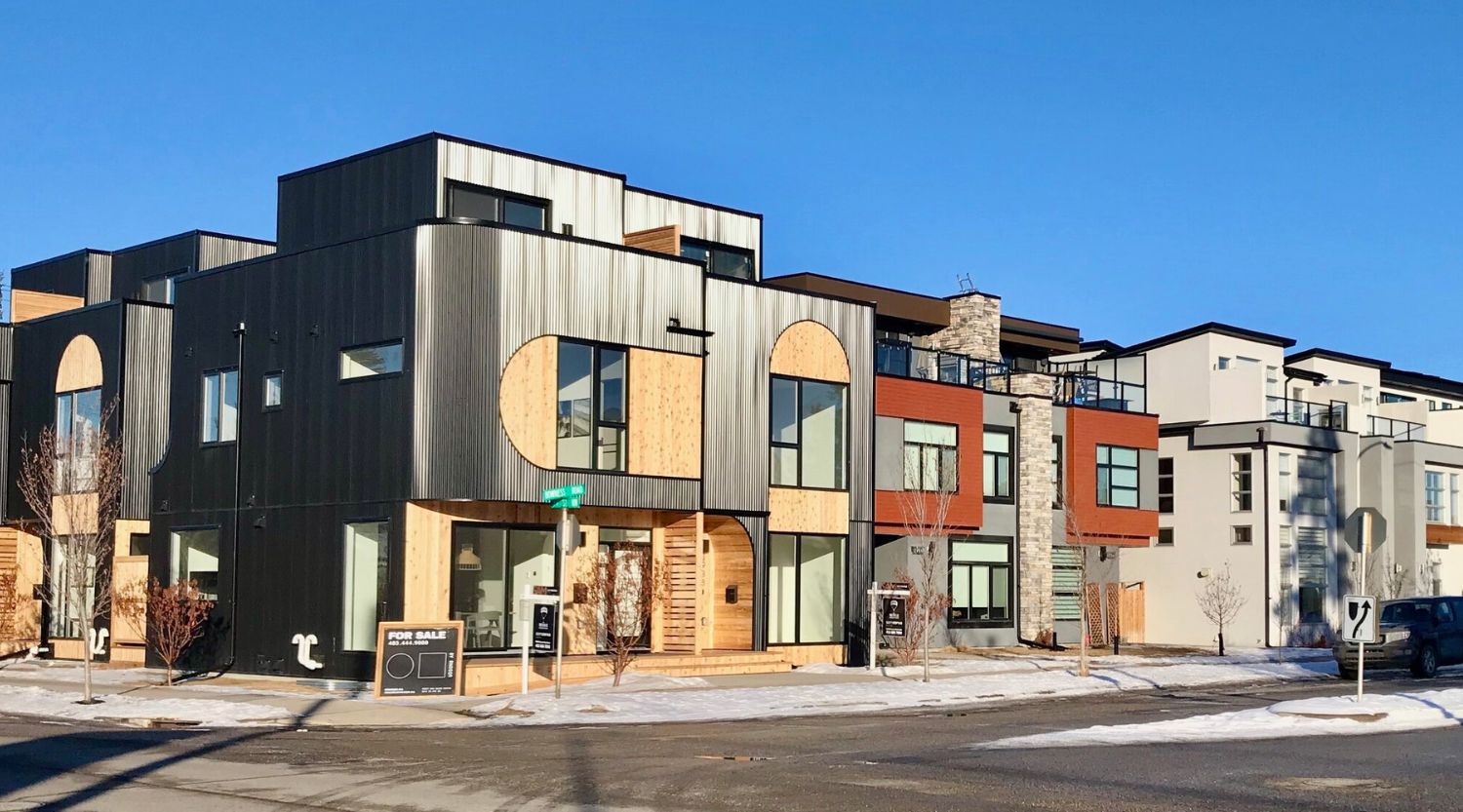
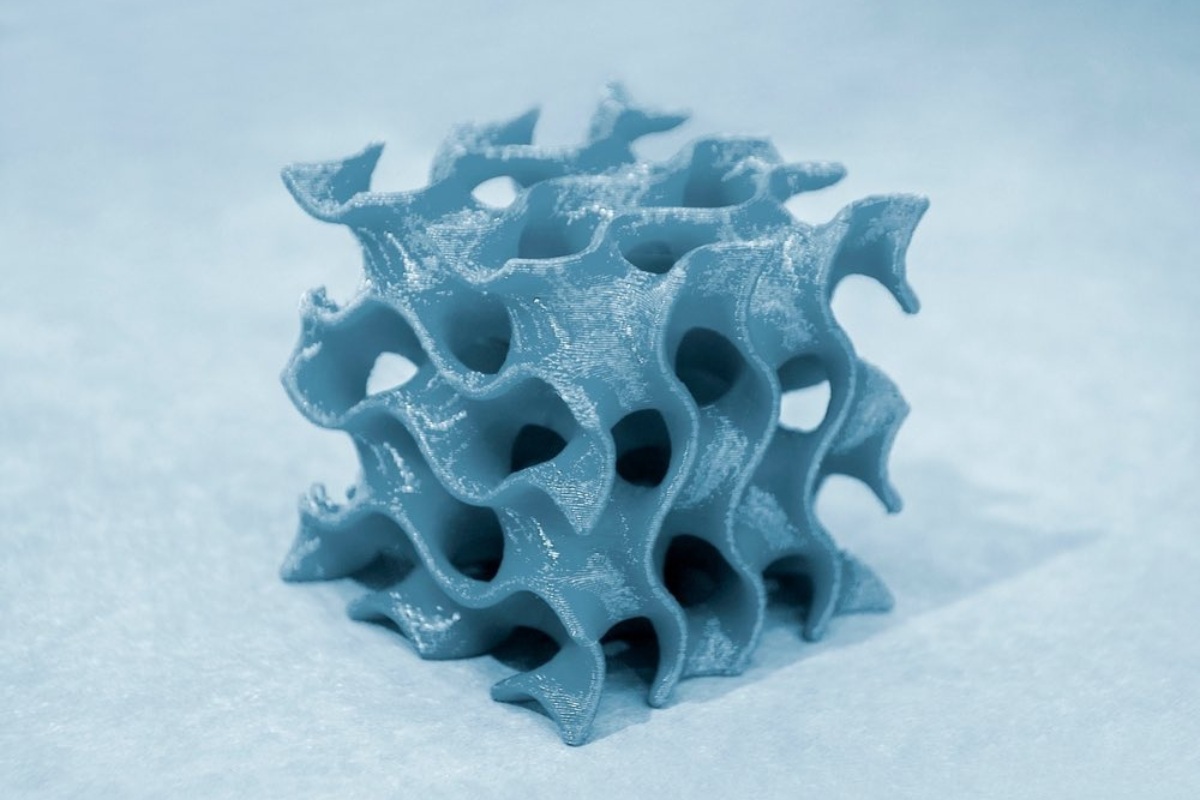
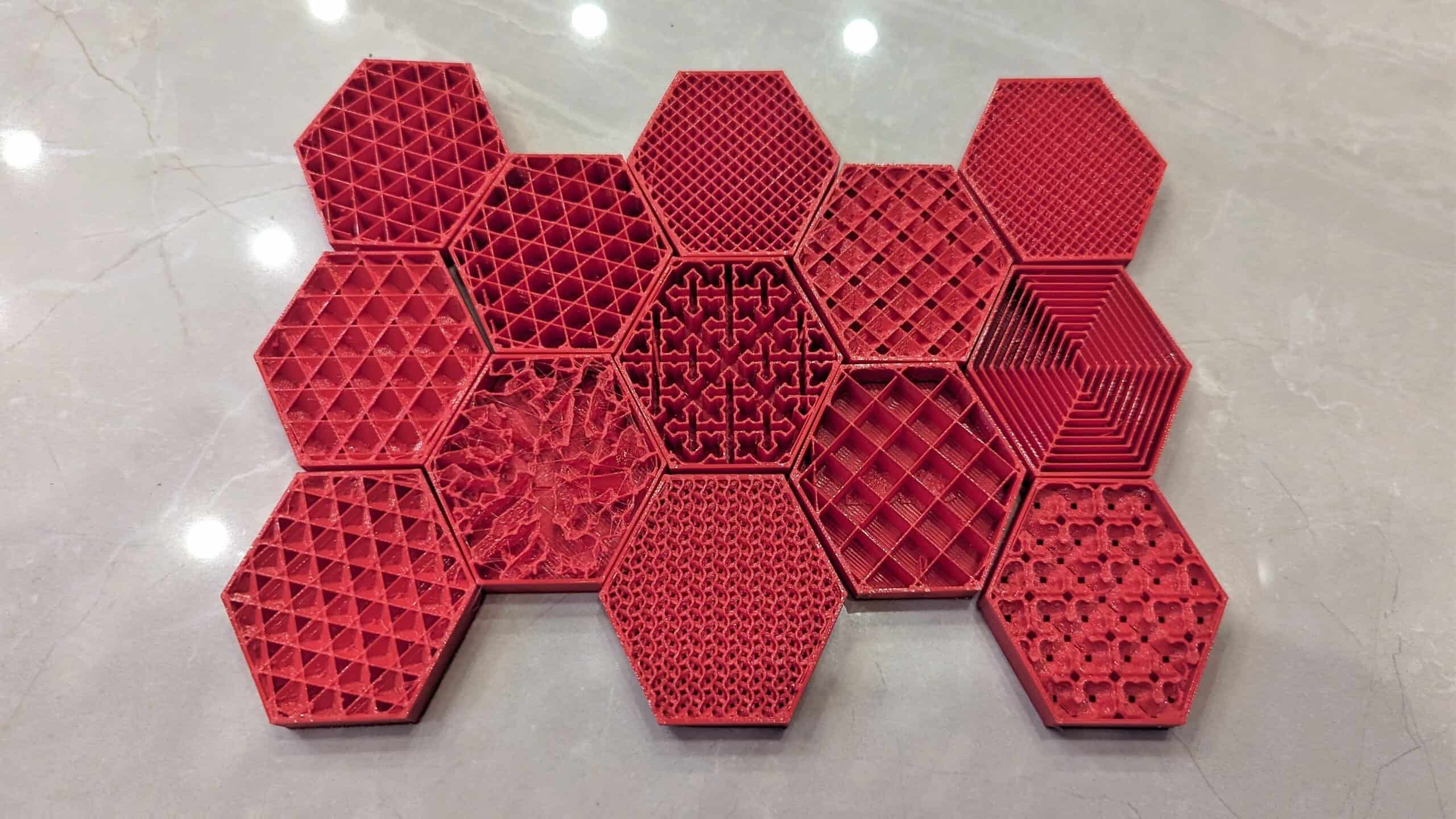

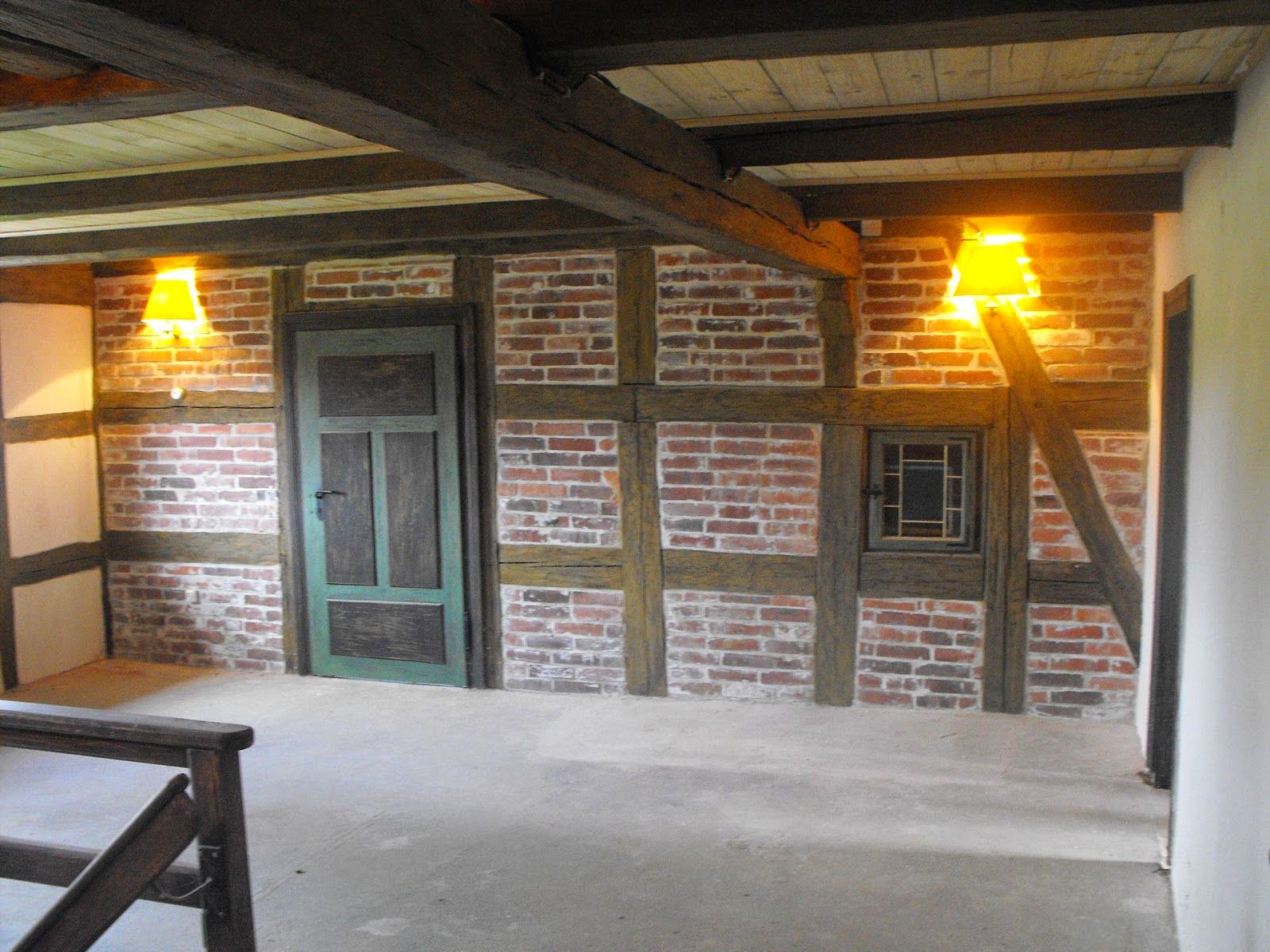
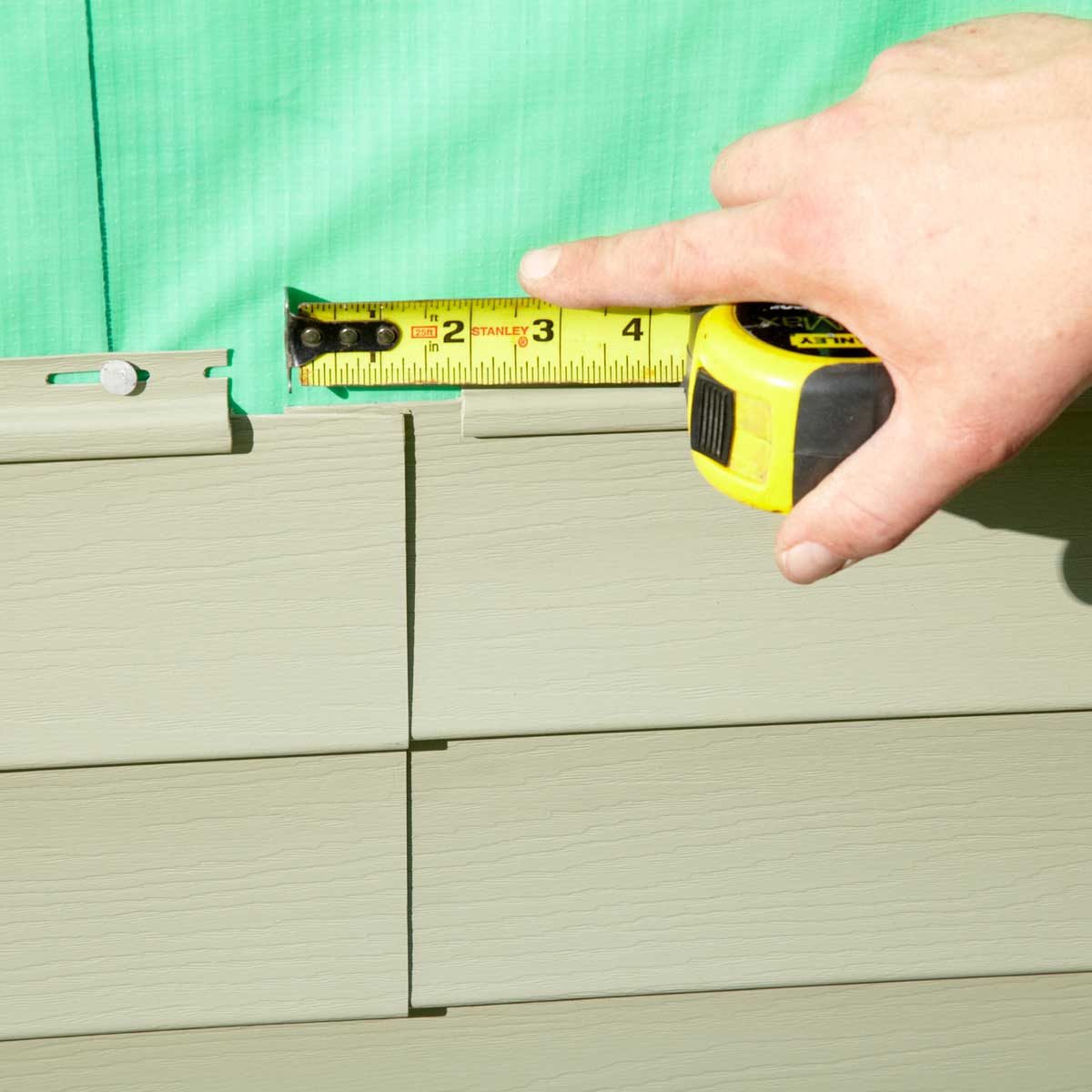
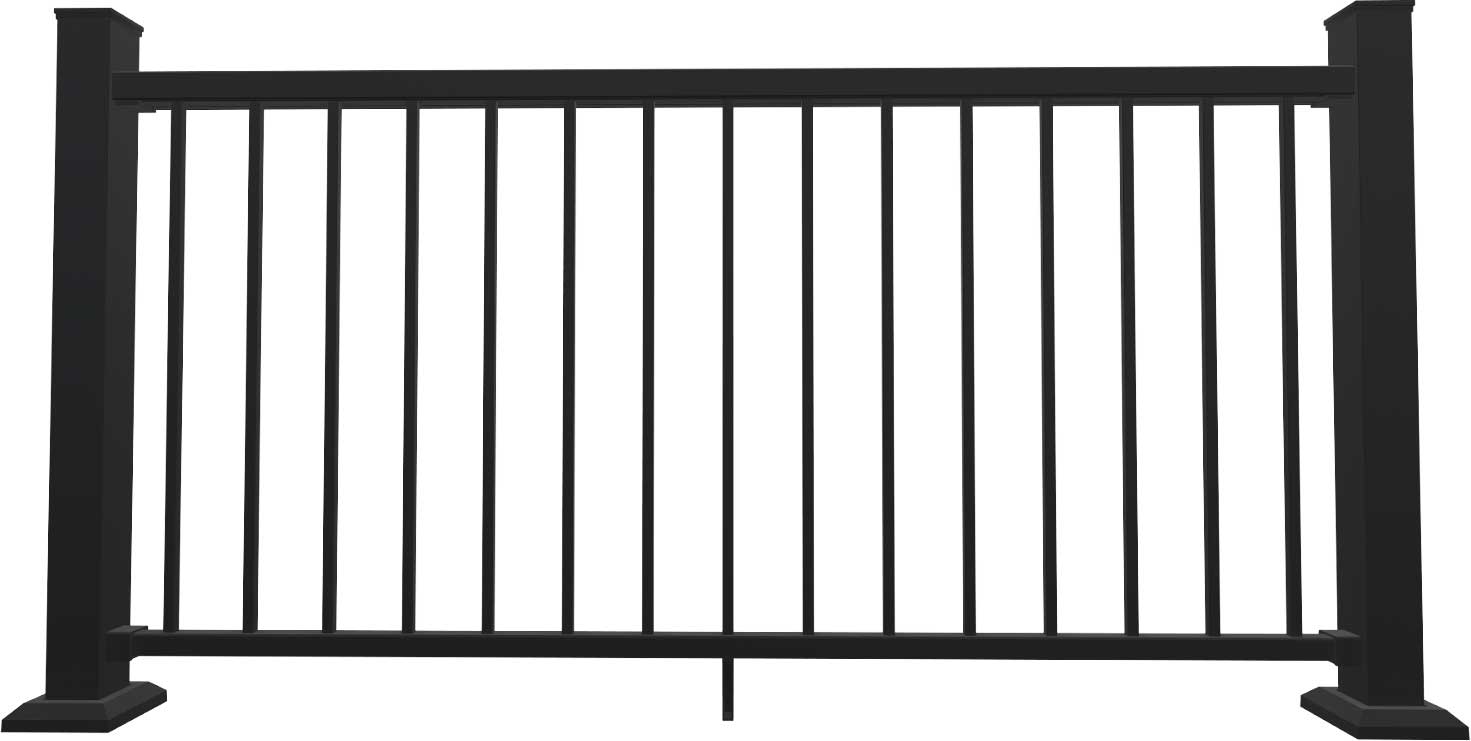

0 thoughts on “What Is Infill Overlap”